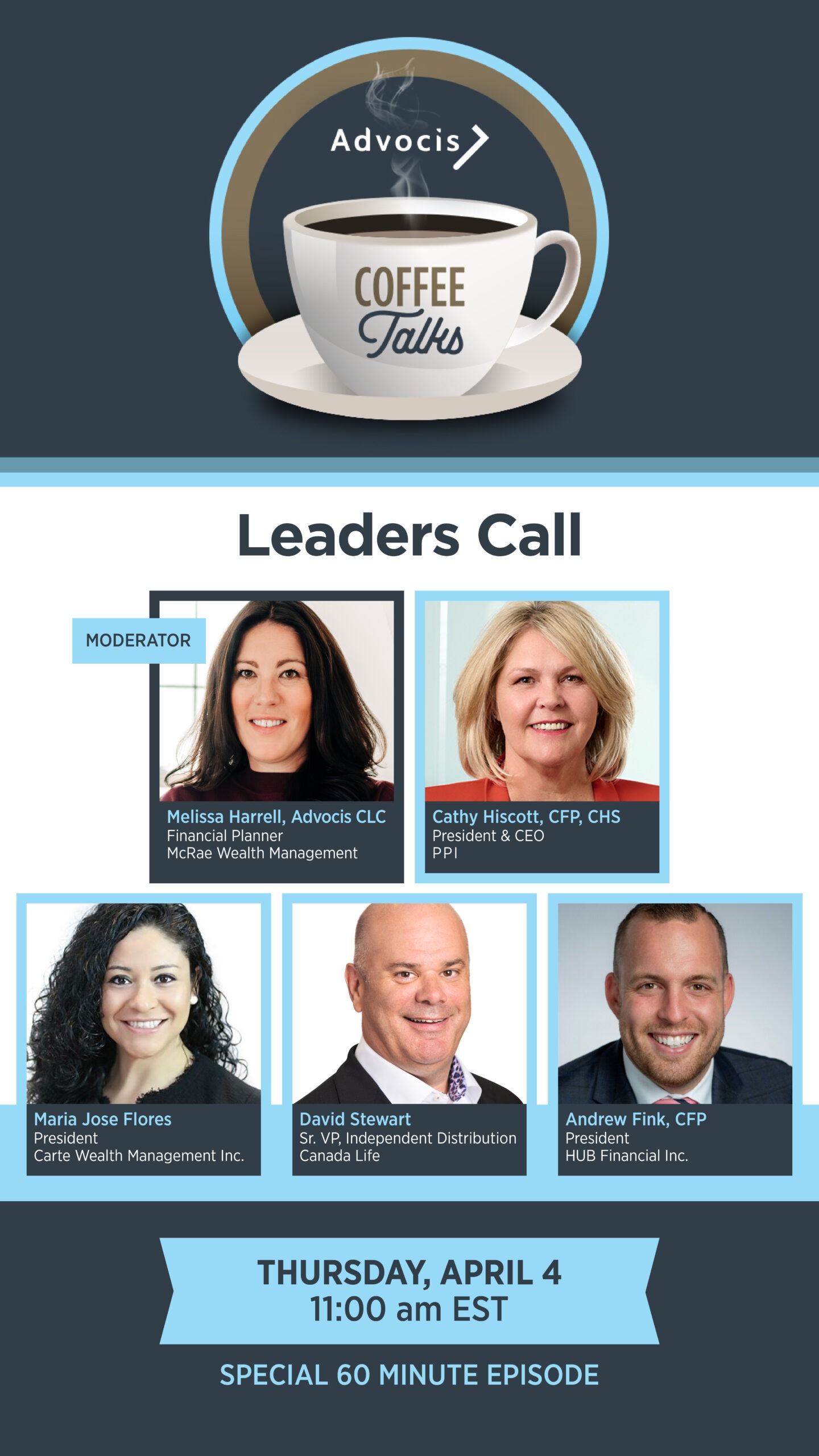(From the July 2022 Edition of eFORUM)
By Angelina Hung
From prospecting to commissions and everything in between, technology plays a critical role in keeping a financial advisor’s business running smoothly.
When I started in the industry more than 20 years ago, collecting email addresses was not common practice and having a website was not considered table stakes. Nowadays, websites are as standard as having a business card. If you don’t have a professional website, you don’t exist. You would also keep track of your prospects and clients on a Rolodex (remember those?). Now you should have a proper client relationship management system.
At the beginning of my career, I was also afraid of implementing technology because it felt daunting and intimidating to use new software, especially when it felt like tech people spoke a different language. There’s a lot of noise about “what you should do” versus “what works best for my business” that can be challenging to decipher. However, I’ve overcome the fear of implementing new tech because I’ve seen the great impact on our business.
When it comes to adapting new tech, I recommend advisors ask six questions before bringing new software into their business:
1. What are your goals for technology?
At first glance, new software can seem like an excellent solution to your problems. But before diving in, you must ask yourself what you’re trying to accomplish. When it comes to introducing new tech, I take this approach:
- What’s most important to the business?
- Is it going to save time, money, or make my business better?
- Is there anything I can automate?
Don’t forget to consider which part of your business you’re trying to enhance.
There are four parts to an advisor’s business:
- Bringing in qualified prospects interested in your financial services.
- Converting a portion of your prospects into clients.
- Delivering the insurance policy or investments and providing service to your client.
- Ensuring that you are paid.
Decide which part needs help first, then choose your software from there.
If you find yourself doing the same thing repeatedly, you might want to consider software that helps you automate specific tasks. An example would be gathering information and documents from clients. You can set up a workflow that sends your KYC before your discovery meeting; this will save you time, and you know it’ll be done because you’ve got it automated.
If you want to save space in your office, look at digitizing all your client files. Not only will this save space, but it will save time since you’ll be able to access your files quickly.
2. Do we already have the tool that could solve the problem?
The answer may be yes or no, but it is worth asking before spending time researching new software.
I’ve created many websites for advisors, and a common request I run into is adding an online booking system to a website. Often, advisors already have Microsoft bookings through their Office 365 subscription but don’t even know about it. If you don’t have the tool, then it might be time to do a technology audit and figure out if there’s any existing software that can help solve your problem
3. Does the software have good reviews?
Don’t just talk to the person selling you the software, get feedback from others on how they use the software and if they like it. Does it generate the results you’re after? Is it easy to use, or is there a steep learning curve? Has there been any downtime?
If you don’t want to talk to someone, read reviews online. It’s essential to check reviews before you invest your valuable time and money in new software.
4. What support is available?
This question goes hand in hand with reviews. Sometimes the person selling you the software is great at following up and getting back to you, but once you’ve purchased you send a message to customer support and it takes them days to reply. Having reliable customer service is essential, especially for advisors who are already busy.
5. How much training do I need?
How long does it take to train on new software? How many training sessions are needed, and how much time is required for each session? How much time will it take to implement this into your workflow? Will it be implemented right away or will it take months?
6. Does it achieve our goals, or should we move on?
Does the software achieve the goal of saving time and money or improving your business? What’s the exit strategy? What’s the plan if this doesn’t work out? Think about what would be required to walk away from the software without regretting that decision later.
So before diving into new software, ponder the answers to these questions to avoid wasting time on software that doesn’t work for your business.
Angelina Hung, BA, CFP, CLU, CHS, EPC, is a self-proclaimed Financial Marketing Nerd at Financial Tech Tools Inc. in Vancouver. She can be reached at Angelina@financialtechtools.ca.








